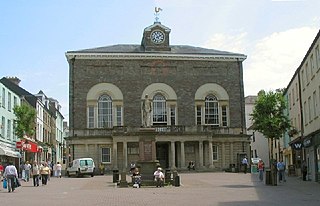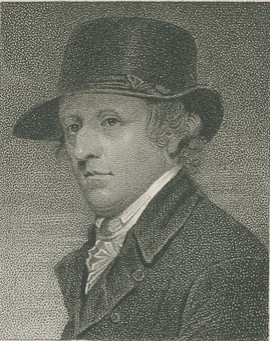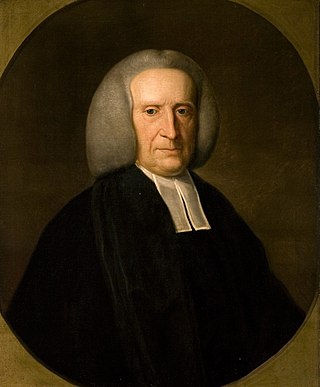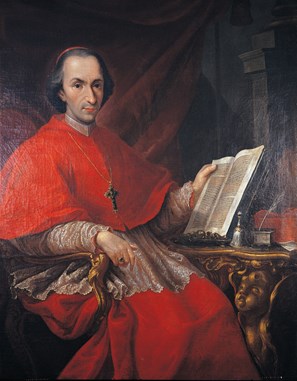Related Research Articles

Sir Robert Taylor (1714–1788) was an English architect and sculptor who worked in London and the south of England.

Ludwig Eugen, Duke of Württemberg, was the reigning Duke of Württemberg from 1793 until his death in 1795.

John Carr (1723–1807) was a prolific English architect, best known for Buxton Crescent in Derbyshire and Harewood House in West Yorkshire. Much of his work was in the Palladian style. In his day he was considered to be the leading architect in the north of England.
Nathaniel Pettit was a political figure in Upper Canada and colonial New Jersey.
Francis Wollaston was a British astronomer and Church of England priest. He was elected a Fellow of the Royal Society in 1769.
Peter Robert Livingston was an American politician who served as Acting Lieutenant Governor of New York from February to October 1828.

Boudeuse was a 32-gun, 12-pounder-armed sailing frigate named Boudeuse on 6 June 1765. She is most famous for being the exploration ship of Louis Antoine de Bougainville between 1766 and 1769. She also served in the American and French Revolutionary Wars, during which she captured two enemy vessels. She was broken up for firewood at Malta in early 1800.

John Disney (1746–1816) was an English Unitarian minister and biographical writer, initially an Anglican clergyman active against subscription to the Thirty Nine Articles.

William Richardson (1698–1775) was an English academic and antiquary, Master of Emmanuel College, Cambridge from 1736.

Louis, Prince of Nassau-Saarbrücken was the last ruling prince of Nassau-Saarbrücken. He ruled from 1768 until the French Revolution.
Nathaniel Kent (1737–1810) was an English land valuer and agriculturist.

The Leeward Islands Station originally known as the Commander-in-Chief at Barbadoes and the Leeward Islands was a formation or command of the Kingdom of Great Britain and then the United Kingdom's Royal Navy stationed at English Harbour, Antigua, Leeward Islands. It existed from 1743 to 1821.
William Samuel Powell, D.D. was an eighteenth century academic and priest, most notably Vice Chancellor of the University of Cambridge from 1765 until 1766; and Archdeacon of Colchester from 1766 until his death.

Vitaliano Borromeo was a Roman Catholic archbishop and cardinal.
References
- ↑ Venn Database
- ↑ "Fasti Ecclesiae Anglicanae 1541-1857: volume 8 - Bristol, Gloucester, Oxford and Peterborough dioceses" Horn,J.M: London Institute of Historical Research, 1996 ISBN 1871348323
- ↑ British History on-line